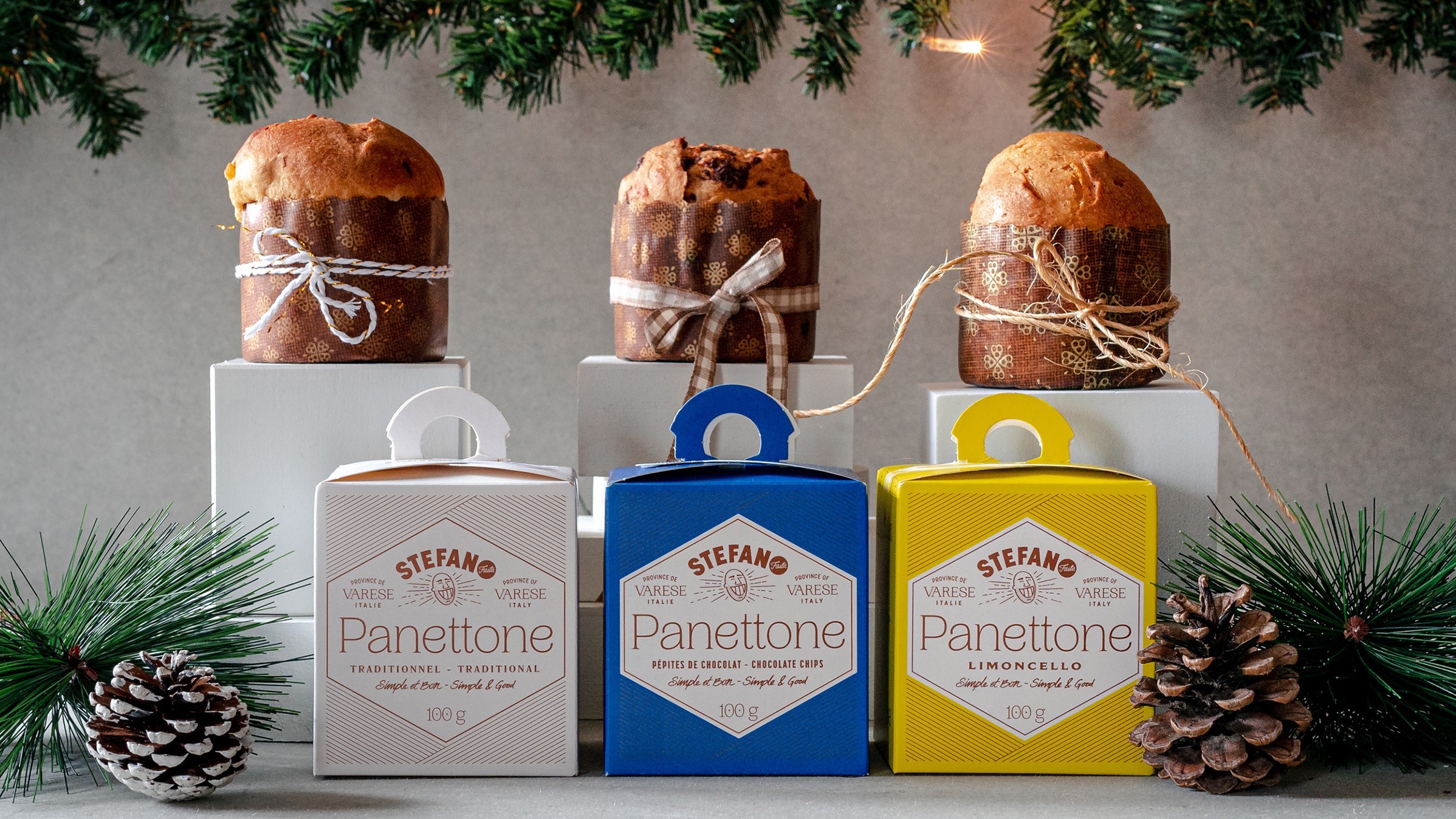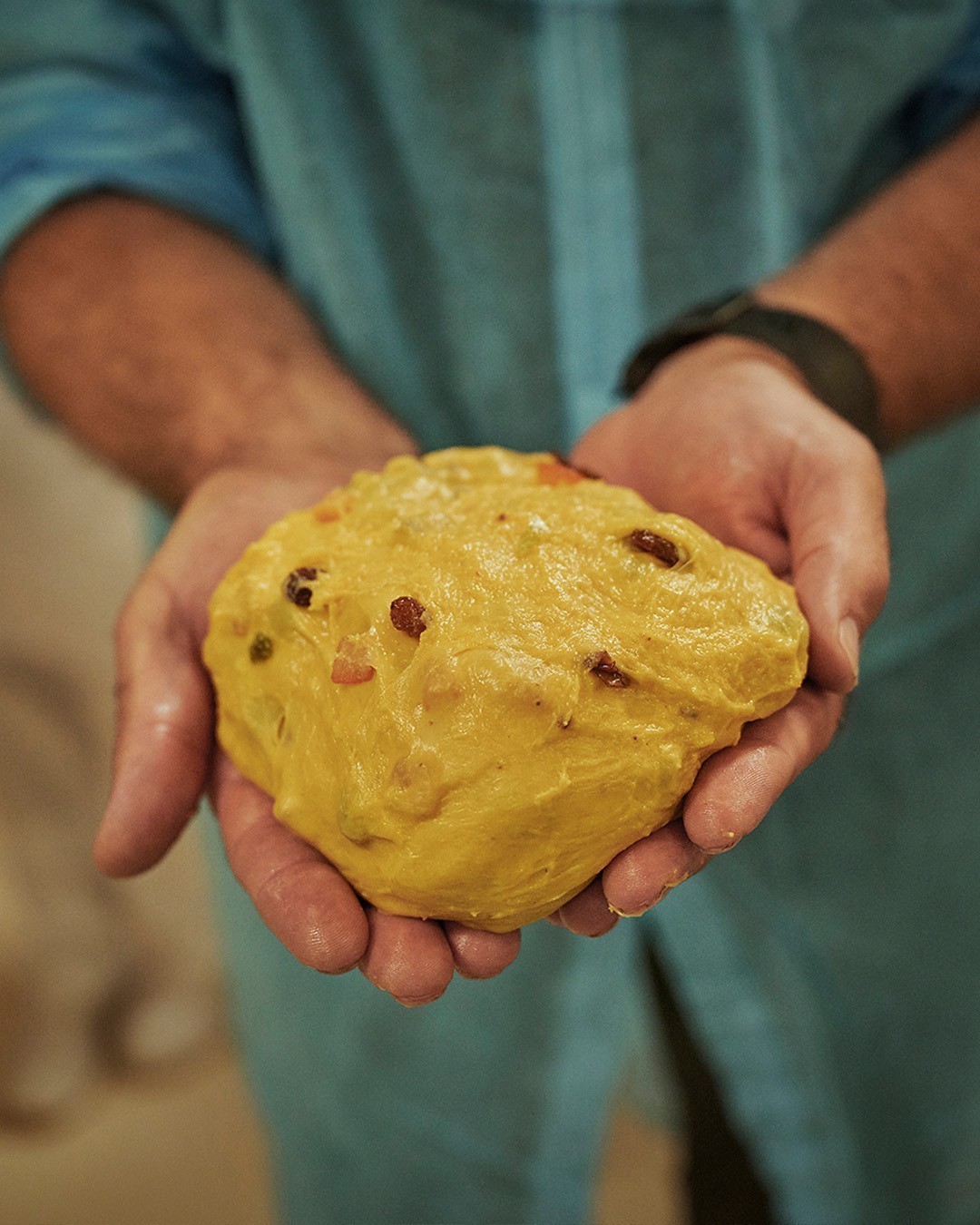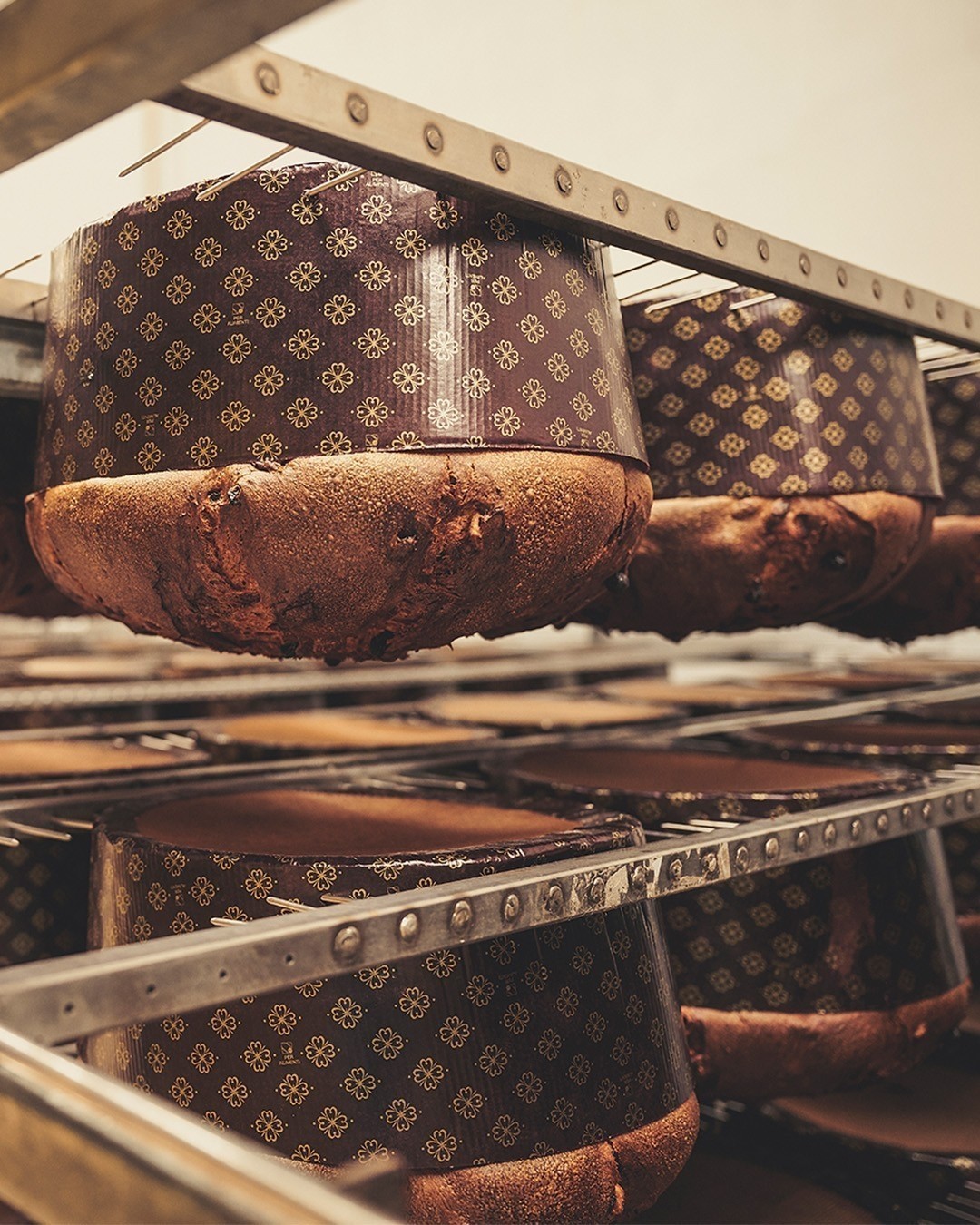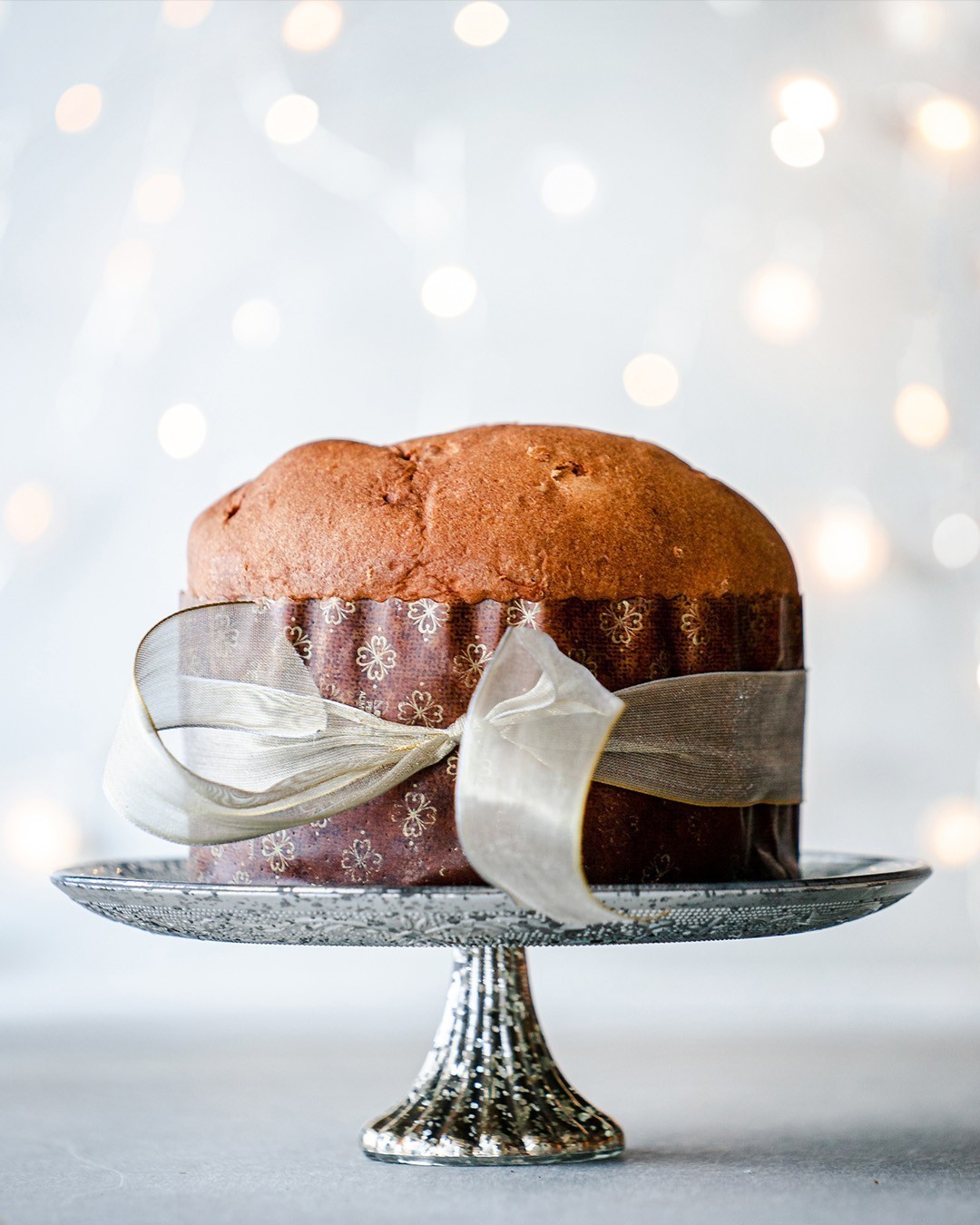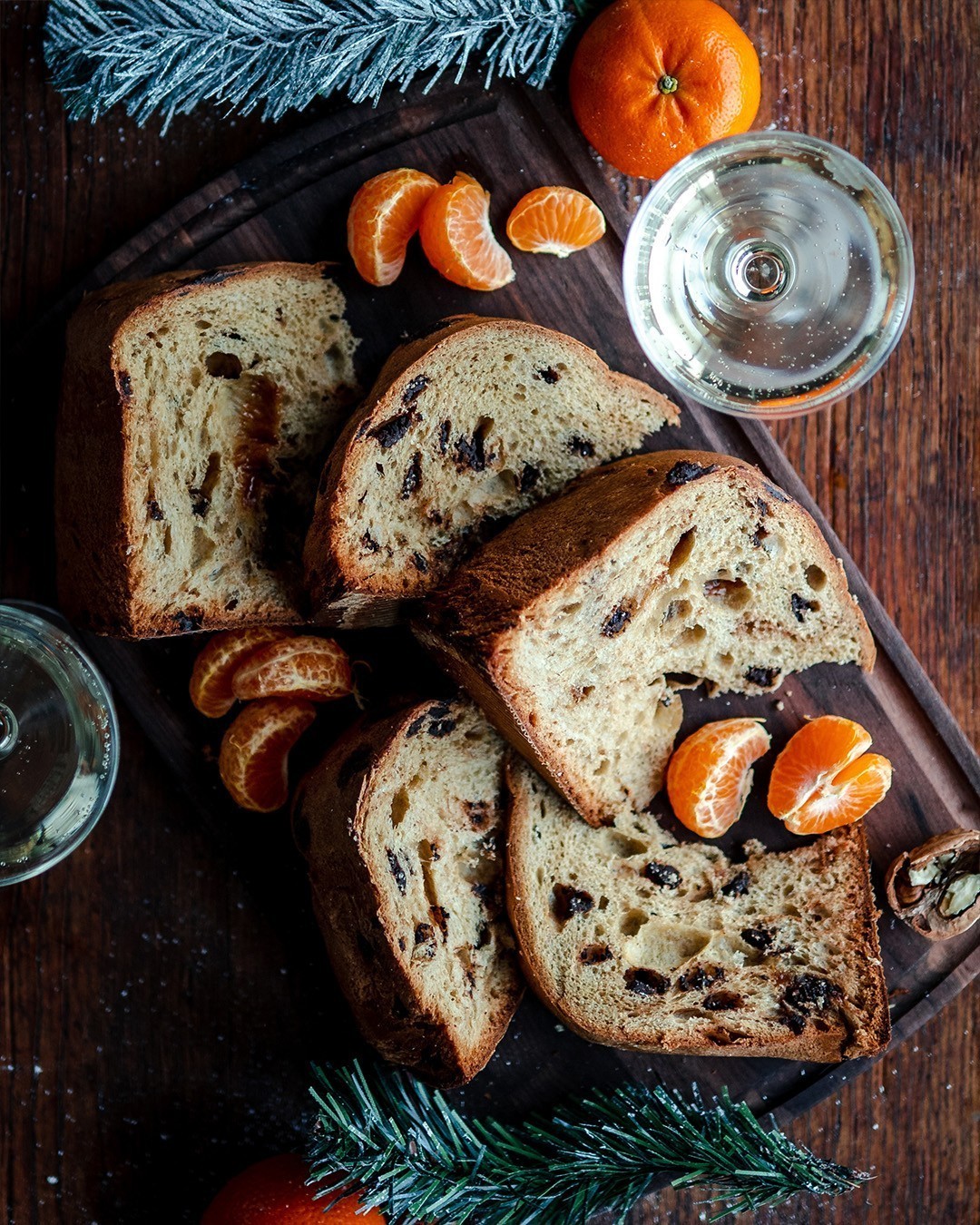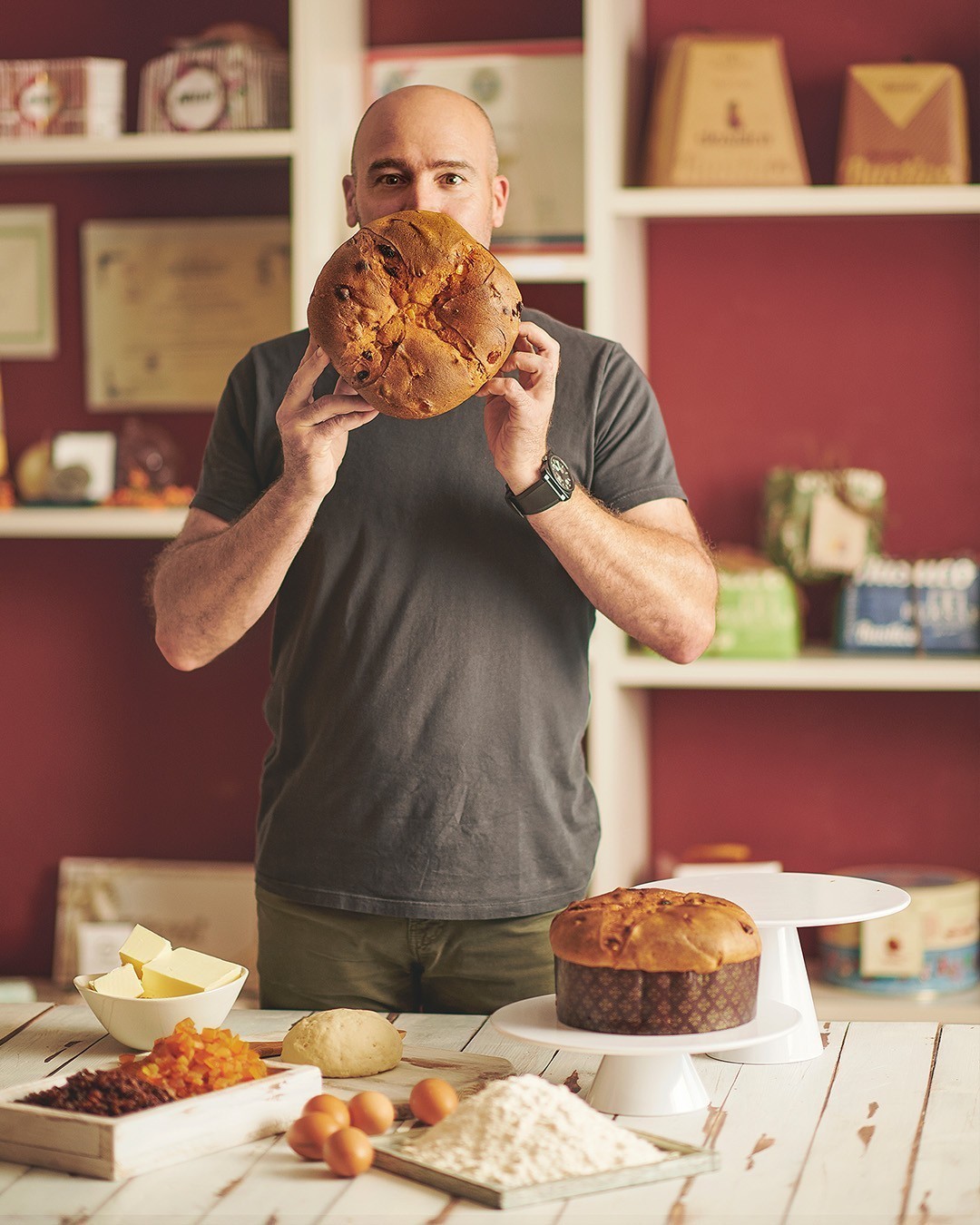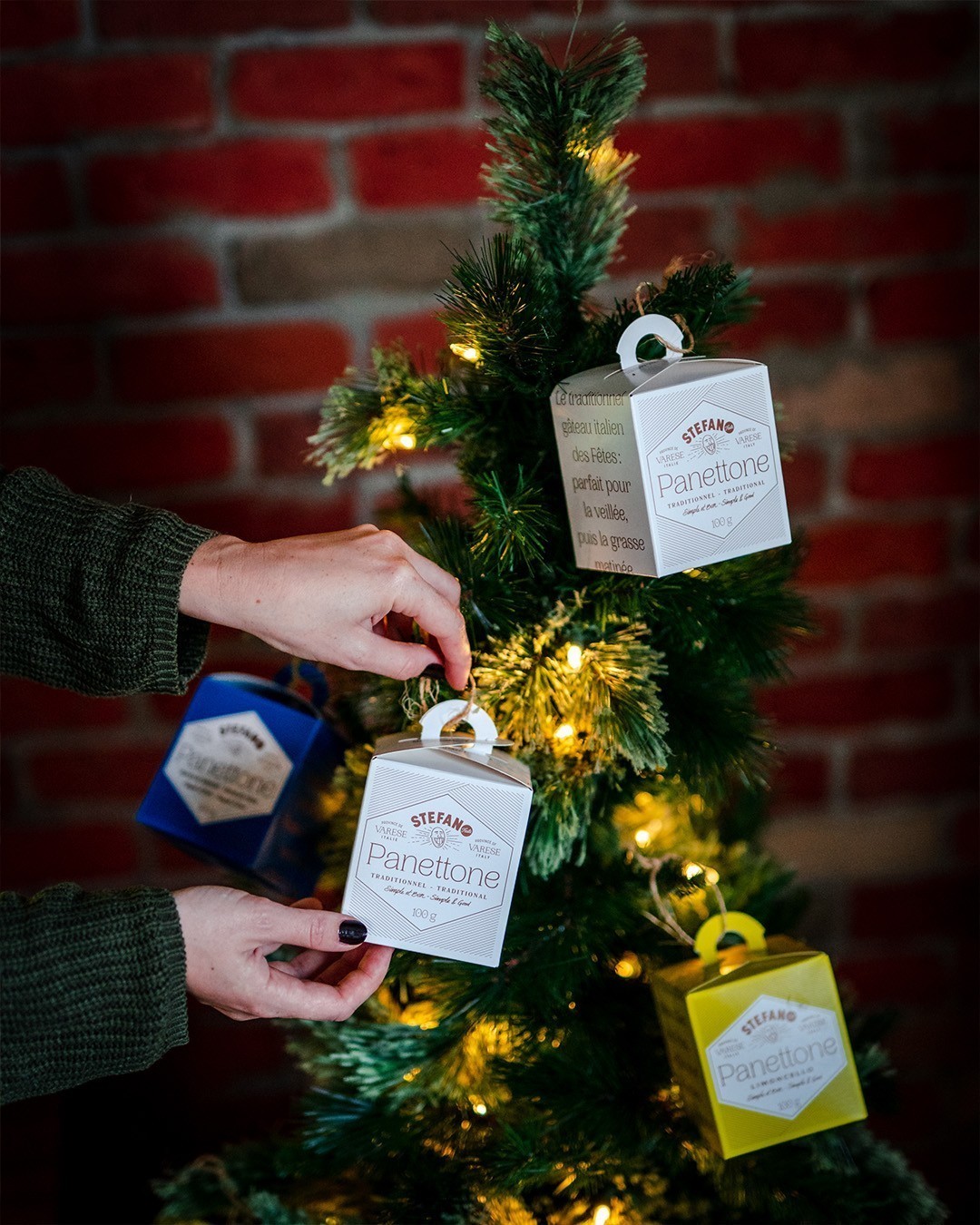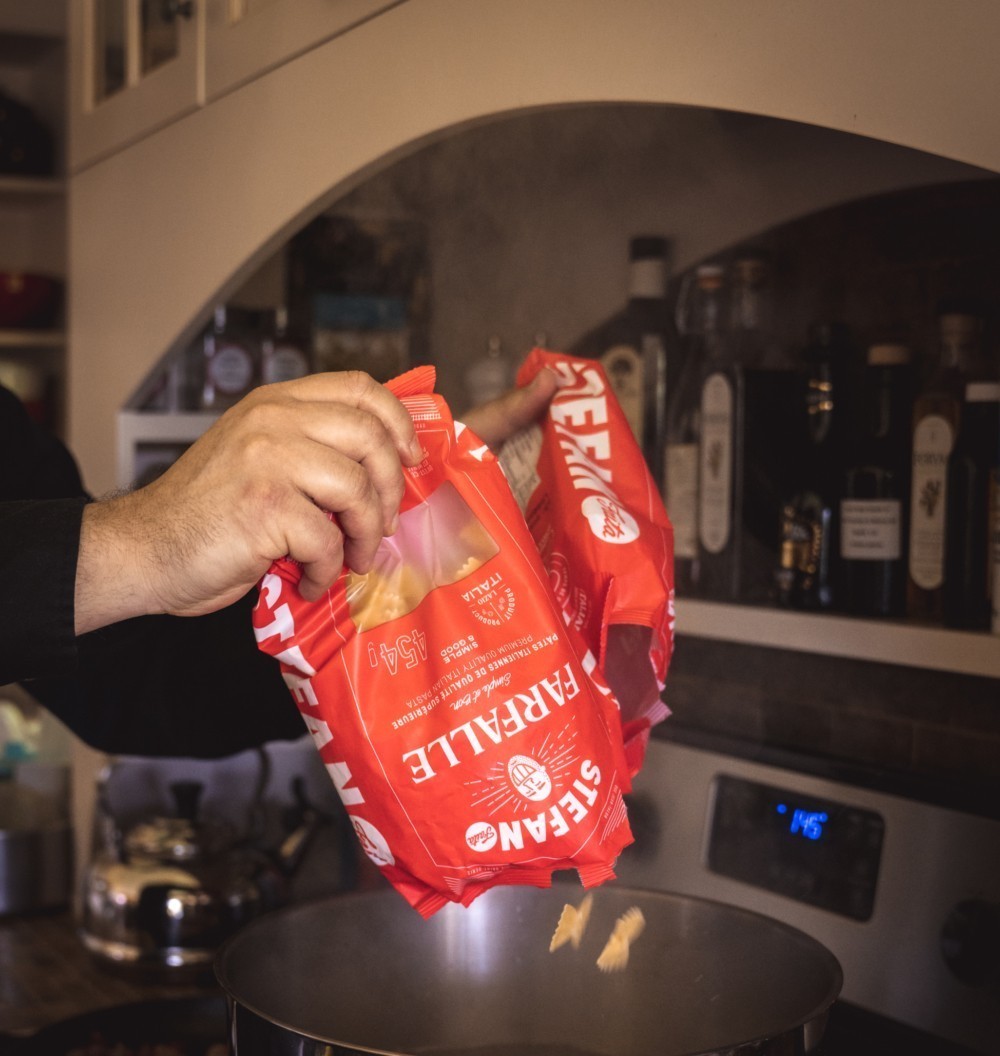Panettone—The crowning glory of Christmas
For most Italians, Christmas simply wouldn’t be Christmas without a nice, thick slice of panettone.
The perfectly risen, airy, aromatic sweet bread has won over the masses, us included. With the holiday party season fast approaching, why don’t you pull up a chair so we can talk panettone?
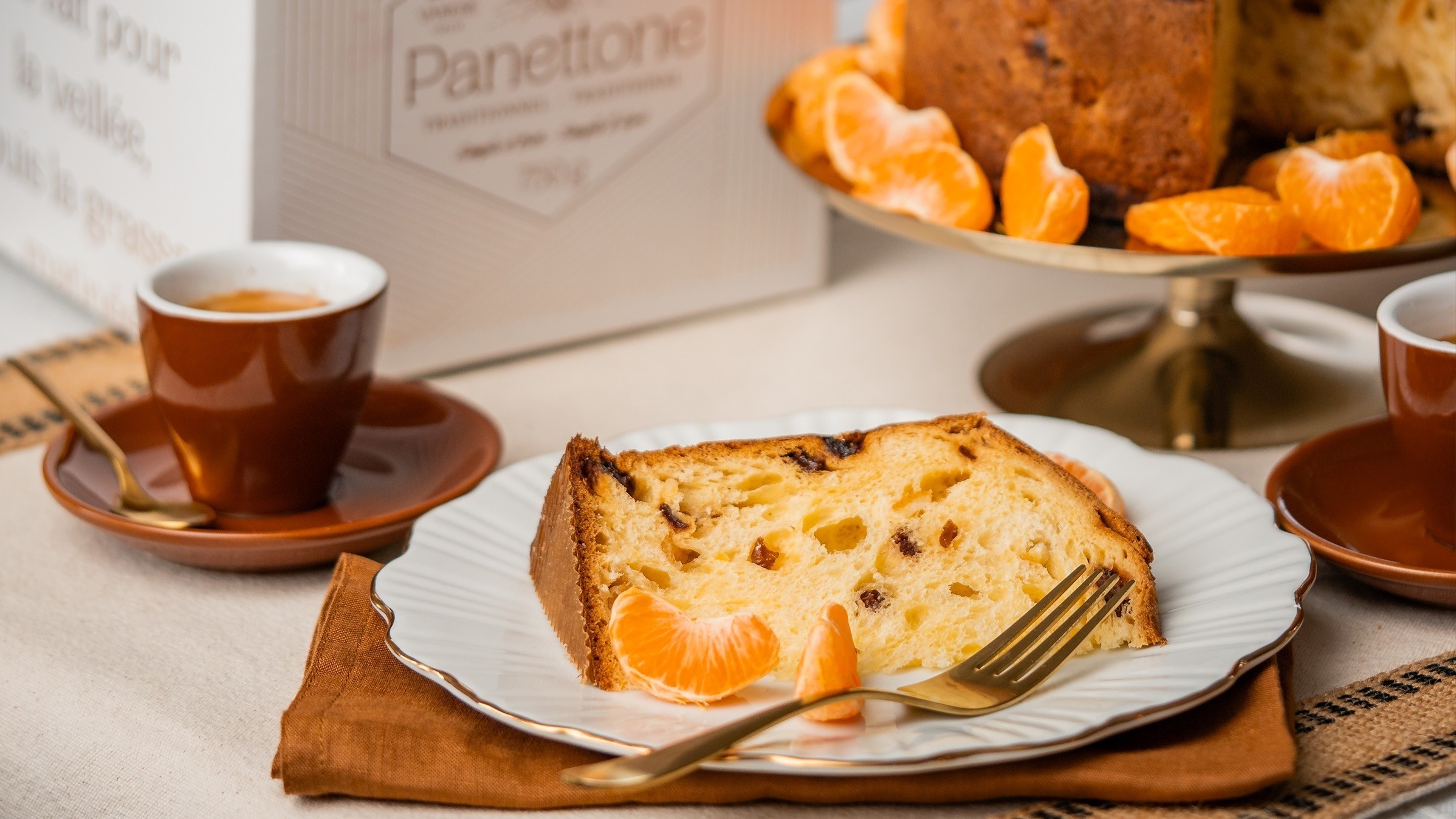
Leave it to the experts
Those brave enough to make panettoni at home are few and far between (remember, often in Italian nouns ending in “i” are plural so one panettone, two panettoni). The delicious sweet bread is renowned for being a particularly difficult one to master. It’s therefore no surprise that most of us turn to the professionals who have refined their panettone recipes over the course of centuries.
To make an authentic panettone, you need lots of time, patience, skill and a lievito madre; an artisanal sourdough. It’s a long process that starts by making two balls of dough, which you then leave to rise. After the initial rise, you add the filling (which is traditionally raisins and candied fruit), the eggs and the butter, and then leave the dough for a second puntatura. Next, you need to shape your dough and put it into the traditional paper cases.
Following this, you leave the dough to rise again, before scoring a cross on the top, adding a knob of butter and finally baking. But that’s not all! Once cooked, the panettoni need to rest upside down some more, to make sure they keep their traditional shape. All in all, it takes about 36 hours (and a whole lot of talent, love, and experience!) to ensure the slow fermentation required to make a delicious panettone. Once you know all of the work that goes into making panettoni, you can see why we leave them to the pros and why we save them for the most festive time of year!
From medieval Milan to modern-day Montreal
The first mentions of panettone date back to 14th-century Milan. At the time, the ingredients needed to make panettone—white flour, fruit, butter, vanilla—were luxury items, rare and very expensive. This is why panettone was considered a gourmet treat, reserved for Christmas festivities. We know that panettone originated in Milan, but we don’t have a clear picture of the origins of its name. One legend says that a chef working in nobleman Ludovico Sforza’s court burned the dessert that he had prepared. So, he apparently quickly whipped up an aromatic sweet bread using sourdough and it went down a storm. The chef was called Toni, earning this new dessert the name pane di Toni. A more plausible explanation (albeit less amusing) is that the name panettone has evolved from pan de ton, which simply means “luxury bread” in Milanese.
One thing’s for certain, panettone slowly worked its way into the repertoire of traditional Italian desserts before shooting to stardom with the arrival of the industrial era. Angelo Motta got the automation ball rolling in the 1930s—and yes it’s the same Motta as the now-famous brand! He’s also the man behind the famous pirottino, the paper case that helps the dough rise and gives it its iconic shape (well, he was the mastermind, but he got his inspiration from the kulich cakes favoured by the immigrant Russian community). Over the years, panettone has won over pretty much everyone who has tried it, including the Quebeckers, who perhaps found it to be a moister version of the traditional fruit cake. Panettone is now sold all over the world in a wide range of varieties and qualities. And, just as you’d expect, our panettoni are made in keeping with the purest Italian tradition.
Lazzaroni meets Stefano
Our panettoni are produced in one of the most famous Italian bakeries, Lazzaroni. We were drawn to Lazzaroni for their attention to detail, outstanding skill, and contagious passion for their work. The brand has been synonymous with quality since 1888 and is famous for producing the much-loved and trademarked Amaretti di Saronno cookies. After visiting their facilities, I was convinced they were the right fit for the Stefano brand. The family-owned company values simplicity and quality as much as I do, and I knew that together we would make a good team. Just what I needed to be able to share authentic panettoni with you!
At a crossroads of artisanal production and automation, the installations give life to many varieties and sizes of panettoni. Traditional, limoncello, tiramisu, chocolate, standard and even mini panettoni—there really is something for everyone. At our house, we like to hang mini panettoni on the Christmas tree as decorations, just like you would a candy cane. They look beautiful dotted around the sparkling lights, garlands, and ornaments, not to mention the kids really love it! Mini panettoni are also a fantastic stocking gift and make an ideal treat to offer your children’s teachers, your colleagues, and friends. Panettone truly is the perfect gourmet gift!
From the traditional slice of panettone and glass of prosecco on Christmas Eve, to French toast the next day, and even crostone, panzanella, or this Oh so decadent ice cream filled panettone, there is no shortage of ways to enjoy it. Panettone season is here, and we’re all for it!
Check out our line of panettoni here.
